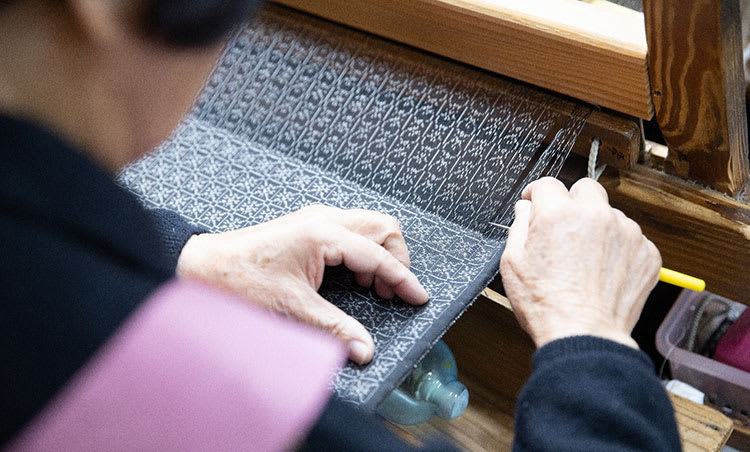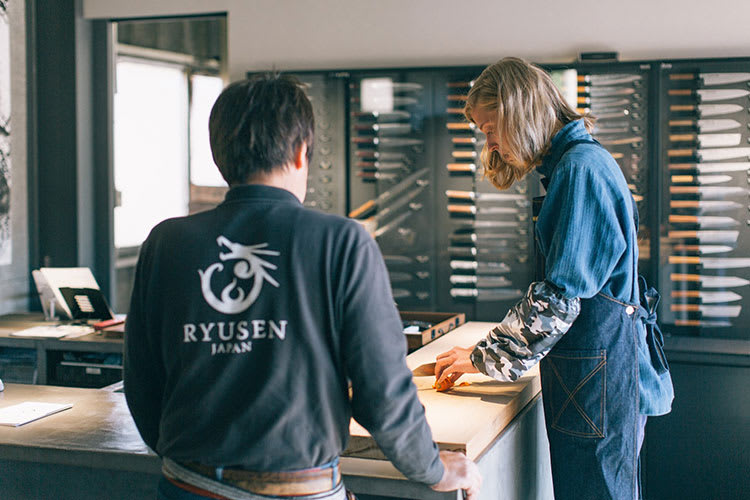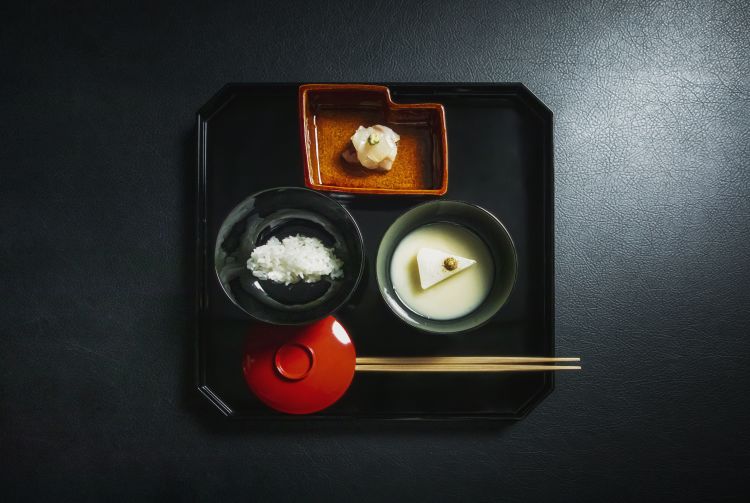Uncovering the Legacy of Japanese Craftsmanship
At the heart of Japanese craftsmanship, often termed monozukuri, meaning "the art of making things," is a steadfast dedication to quality, artistic integrity, and the preservation of traditional methods. Across Japan, artisans pour their skills and experience into their creations, often using techniques that have been treasured and handed down for decades, if not centuries. Using natural materials, these artists foster a profound connection between the earth and humanity, infusing their work with a deep sense of spirituality. This fusion of artistic spirit and enduring tradition truly defines Japanese craftsmanship, underscoring the importance of time-honored processes and intricate techniques just as much as the beauty and functionality of the final product.
Japanese arts and crafts are celebrated for their exceptional attention to detail, often crafted by hand and involving hours to days and even months of labor. However long, the process reflects the artisans' deep pride in their work and relentless quest for perfection. A prime example of this dedication is seen in the creation of Oshima Tsumugi, a distinguished silk fabric from the island of Amami Oshima in Kagoshima Prefecture. Known for its sophisticated patterns and intensive production process, which can extend over a year for a single piece, the creation of Oshima Tsumugi involves a unique dyeing process utilizing local mud to achieve rich, fade-resistant colors. Often regarded as the most historically and traditionally rich textile in Japan, its evolution in both product and technique has given rise to several outstanding qualities, including its lightness, warmth, flexibility, and ability to maintain shape. Widely recognized as one of Japan’s most valuable craft items, the fabric is celebrated for its subtle yet elegant designs, often featuring sophisticated geometric patterns that encapsulate understated beauty.

Rich with cultural significance, Japanese handcrafted items tell a unique story about their region and the people who create them. Echizen, located in Fukui Prefecture, is a testament to this, where traditional craftsmanship has flourished for centuries due to the region's favorable geographic location and natural resources. This environment is ideal for craftsmen like ceramicists, who often work close to their clay sources, and papermakers who utilize Echizen's pristine waters.
In the esteemed tradition of Japanese "washi" papermaking, Echizen washi—notable for its quality, beauty, and durability—stands out with a rich heritage spanning over 1,500 years. This traditional paper transcends its conventional uses in woodblock printing, calligraphy, and sliding doors, finding modern applications in design, high-quality stationery, and architectural features. A noteworthy innovation from Echizen's papermakers is the creation of Japan's first watermarking technique in the 17th century, a method initially developed to prevent the counterfeiting of banknotes and still in use today.

The thriving artisan community in Echizen owes much of its success to the collaborative spirit inherent in their crafts. For example, the creation of a single wooden dresser involves the combined efforts of blacksmiths, lacquer artists, and carpenters, each contributing their expertise to the final product. This synergy among different crafts not only preserves and enhances traditional techniques but also ingrains the ethos of monozukuri into the very fabric of Echizen's identity.
The commitment to artisanal skill is evident across various trades, particularly at Takefu Knife Village. Here, blacksmiths collaborate to uphold and celebrate the region's rich 700-year heritage in knife-making. The village has gained acclaim for its high-quality kitchen knives, known for their lasting sharpness and durability, with some featuring intricate engravings and patterns. These knives, esteemed both domestically and internationally, are part of a broader range of products, including specialty knives, cutlery, and letter openers. Each piece is lovingly handcrafted from the initial forging stage to the final meticulous polishing.

Japanese craftsmanship is designed with longevity in mind, creating objects that not only endure but gain character and quality over time. These crafted items, repaired if needed, are often cherished for longer than a lifetime and become heirlooms, passed down through generations. Observing these artisans and the dedication that breathes life into timeless Japanese crafts firsthand will leave a profound and lasting impression while enriching one's appreciation of the artistry that defines Japanese culture.






